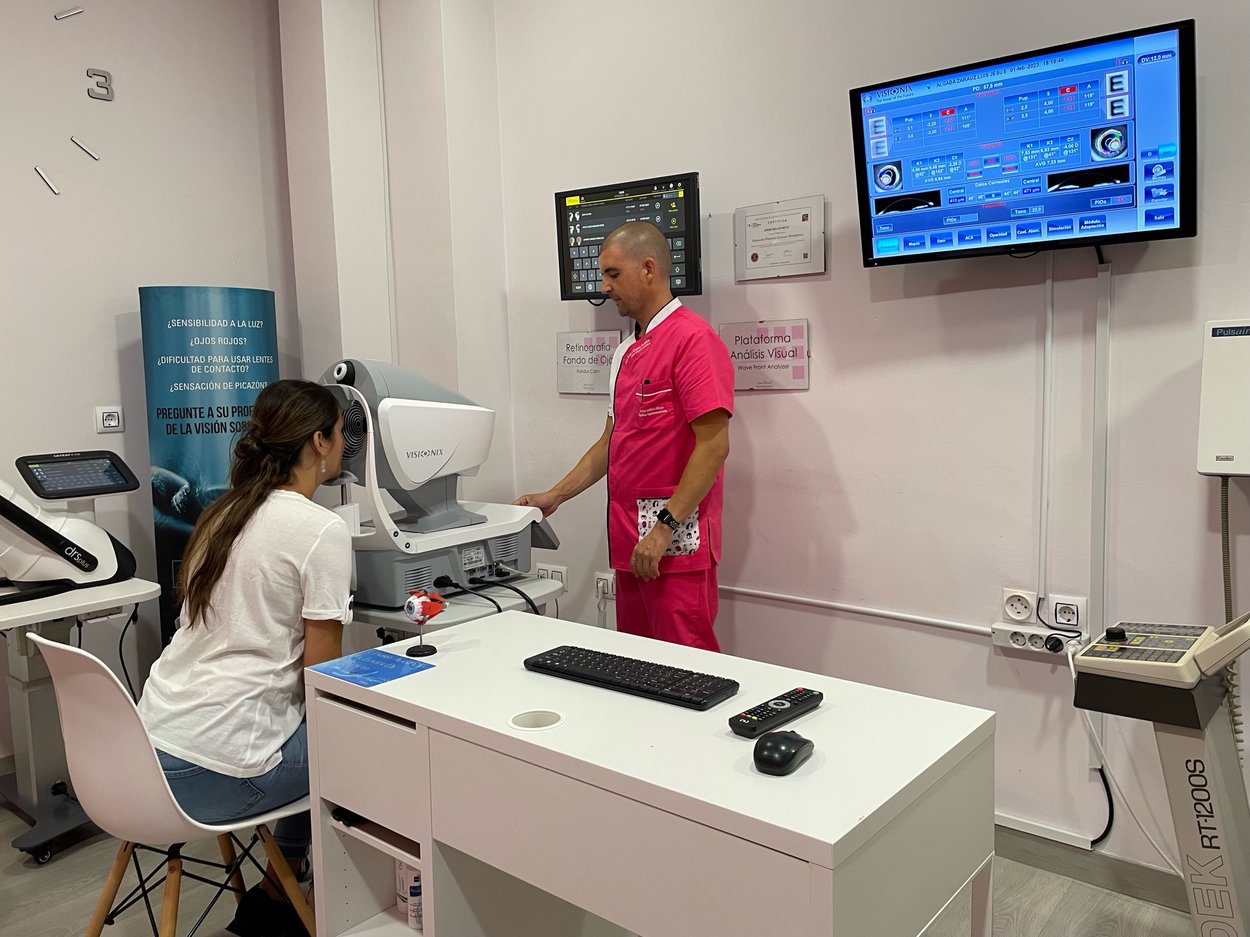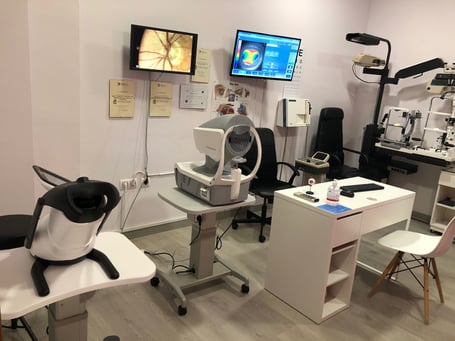Testimonial - Multi-diagnostic screening
Jorge Millán is an optometrist, graduated from Alfonso X El Sabio University and the University of Granada, Spain. He specializes in contact lens fitting, holding a Master's degree in Advanced Contact Lens Adaptation from the University of Valencia, as well as in clinical optometry, with a Master's degree in Advanced Optometry from the same university.

 What advantages would you highlight, and what benefits does the use of the VX 120+ Dry Eye multidiagnostic platform provide you as a professional?
What advantages would you highlight, and what benefits does the use of the VX 120+ Dry Eye multidiagnostic platform provide you as a professional?
The VX 120+ Dry Eye provides comprehensive and highly accurate information in a very short time. This information can be easily transferred to other devices, and the report is straightforward to read. It offers valuable insights, ranging from the patient's refraction and lens transparency to visual quality through aberrometry, including the assessment of tear quality.
What are the main advantages of using the VX 120+ Dry Eye for your patients?
In the examination room, we have a screen where we can display the results to the patient. This allows us to explain the reasons behind their visual impairment with data and illustrations, enabling them to see the current state of their eyes and visual quality in detail. They can also observe the results of the tests firsthand.
The tests offered by the VX 120+ Dry Eye device are diverse, including aberrometry, topography, tonometry compensated by pachymetry, and analysis and monitoring of dry eye. How are the protocols applied?
By default, all visual tests and tonometry are conducted for all adult patients, except in specific cases or with children, who generally do not cooperate well for IOP measurements. The Dry Eye module is typically administered to adults experiencing dryness issues, contact lens wearers, or when we detect potential tear abnormalities during the visual assessment.
